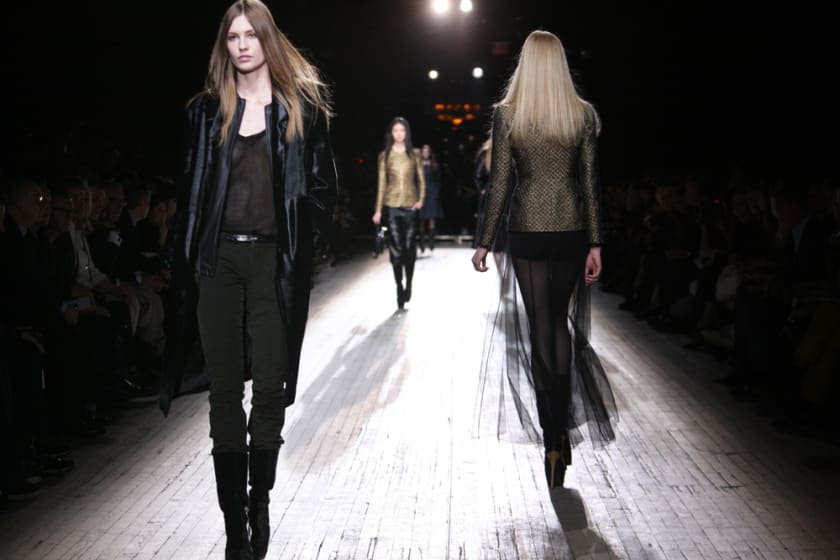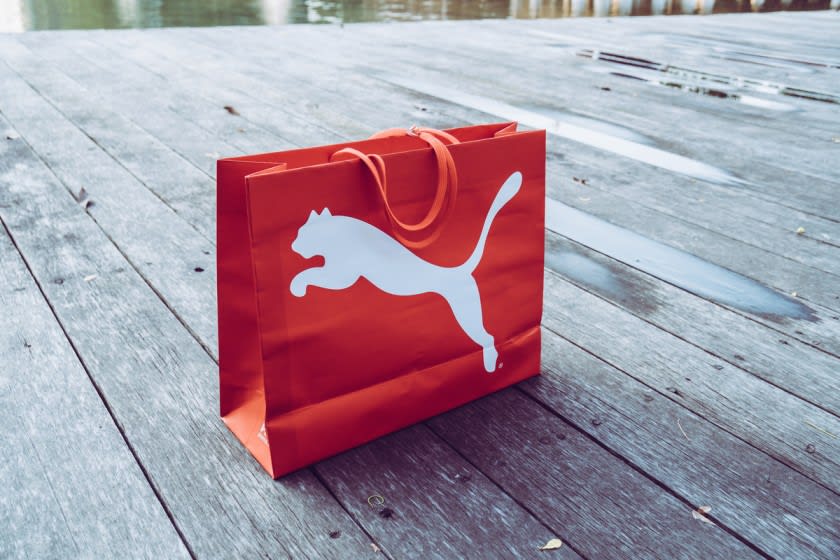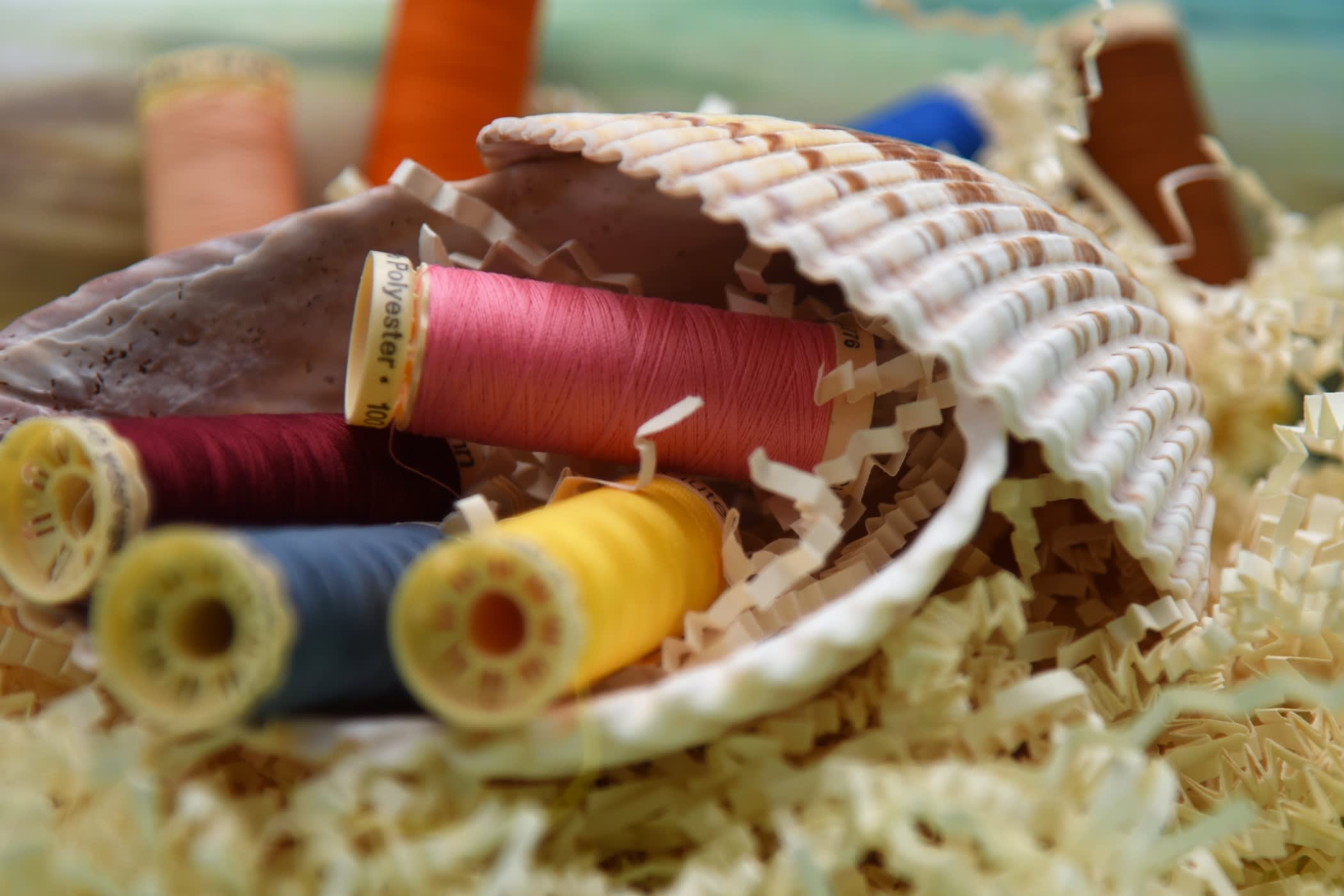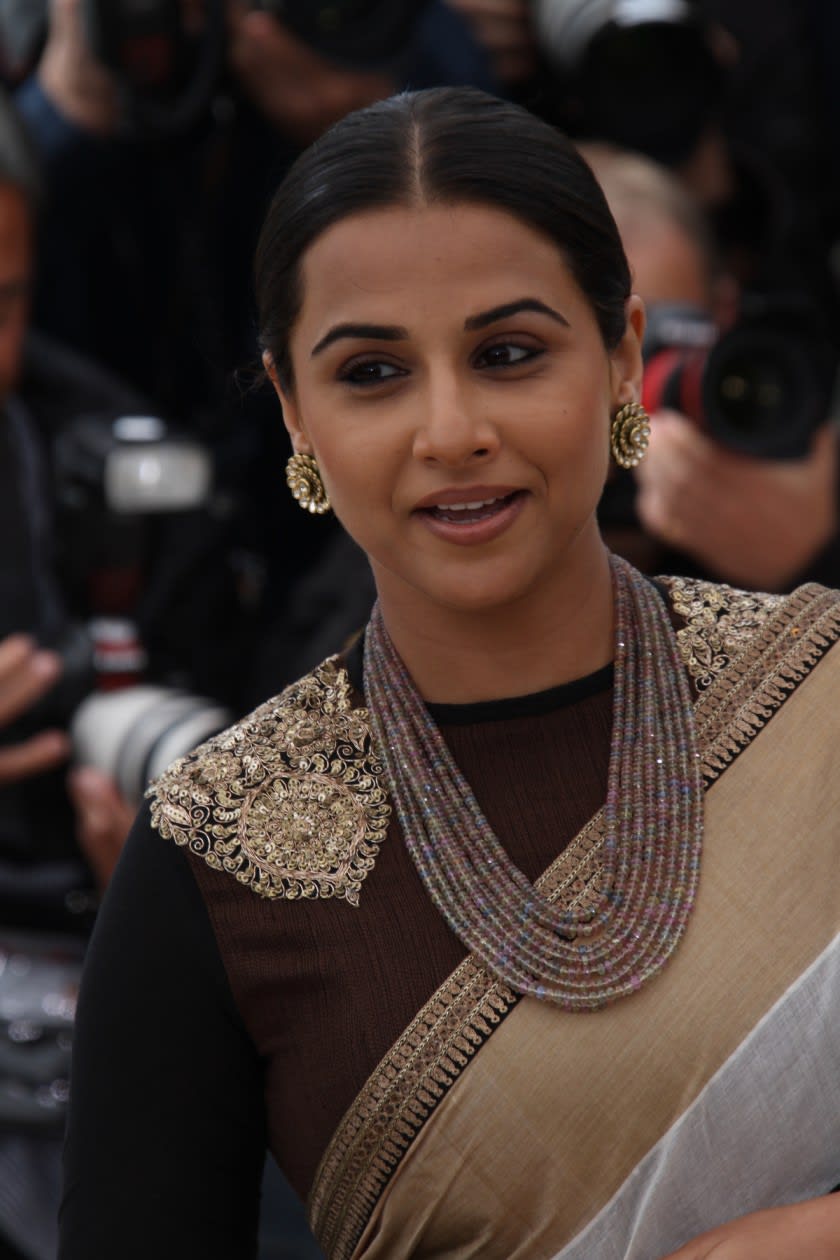Overview Of High-Value Fashion Theory Concepts For Professionals



Fashion has always been around since the dawn of civilisation. It can be used as a metaphor in different fields as well. Even if it gets old, it's regarded as "vintage" or "classic", and accordingly, a new trend is set. It is just not about the trendy patterns or even the accessories; fashion marks the progress made per decade and can be used to compare different timelines.
Understanding the different fashion theory concepts is essential for individuals working in the field. It will help them function better and creatively, marking a professional improvement. The different theories of fashion have been summarised below. Fashion merchandisers and designers can give the overview a read as it will help them brush up on the basics and clear a few concepts!
● Knowing about the three primary theories of fashion - Fashion adoption can be a smoother process if one were to have a better understanding of these three concepts. These deal with the socioeconomic ladder of society and are as follows -
1) Trickle-up - In this concept, street fashion is slowly adopted by the people on the higher rungs of society, and it becomes the "new tradition". However, once it has been assimilated enough into society, the youth fashion changes and adopts a newer style.
2) Trickle-across - This theory is more related to the pricing of the fashion items involved. The styles are similar but available for the public at different prices - From expensive designer clothing to affordable retail pieces. The media support for this theory is immense as many proofs point to the same.
3) Trickle-down - According to this theory, styles are passed on from the upper echelons of society, and they progressively set the benchmark for progressive development in the industry. Many experts deem this fashion adoption in different classes incorrect as there's no concrete evidence of the same.
● The 5 main principles of fashion must be taken into account by every fashion designer as they would decide the look of the garment. They are as follows:
1) Unity - This factor establishes harmony between the different elements of fashion and helps complete the look of the garment. The size and the details of the cloth are adjusted to match and integrate the overall look.
2) Rhythm - This factor involves the aesthetics of the cloth being designed. The type of print is decided with the help of a specific rhythm. The line direction can be either vertical or horizontal, combined with being diagonal or curved. The type chosen will create a particular body shape illusion, and a well-designed cloth will look flattering on different body types.
3) Balance - This includes two different types of balance - The symmetrical and the asymmetrical. In the symmetrical kind, minimalism is supported, and the garment division seems equal. It's a classic that most people prefer and is a prevalent style today. In the asymmetrical pattern, the garment has unequal sides, mainly brought about by placing the pockets at varied angles on one side.

4) Proportion - This principle is concerned with the numbers involved - The size and the amount. Different body proportions must be taken into account to avoid stereotyping. The head measurements are smaller and different from the other body parts, and this exact concept can be applied to different body types. The collars, pockets and hemlines are adjusted according to a given proportion. This helps emphasise the desired proportions of the body, masking the others effectively.
5) Emphasis - This last principle helps the garment "stand out". It is related to the colours and shades used, which help add value. Using complementary colours is generally preferred by designers to create a better perspective and bring balance. A comfortable texture is always used to complement the colour scheme.
After integrating all these principles, a lucrative piece of garment can be produced.
● Four different levels of the fashion industry help manufacturers get an idea of the dynamics of the field. They are as follows:
1) Primary level - There are four different processes to focus upon at the primary level. They are -
- Processing of fibre - This includes the harvesting of natural fibres and the production of synthetic fibres. Once the actual raw material has been obtained, it undergoes different industrial processes to be converted into a piece of fabric.
- Producing yarn includes three steps: spinning of the material, throwing and texturing the fibres.
- Producing the fabric - In this step, the fibres are weaved together to form an integrated piece of fabric and include - Knitting, braiding of the threads and felting.
- Fabric finishing - The final look of the fabric is decided by this process. The manufacturers wash the woven piece to eliminate any impurities, bleach and dye it to obtain the desired colour, and, if needed, print a design on it.
2) Secondary level - This includes the different processes in apparel manufacturing, and they are as follows:
- Developing the line concept - The manufacturer finalises a particular idea for the given batch of fabrics bought.
- Development of the given idea - Upon arriving at a final decision, the minuscule elements of the design are elaborated upon by the design team.
- Presentation of the line - Integrating the different components to create a complete look.
- Developing a sample - This sample is provided to factory managers for mass production of the piece.
- Planning of production and the final products - Drafting and managing the entire production process is included in this step.
- Analysis of the product - A few items are analysed once production is finished.
- Distribution is carried out via the different outlets of the brand.
3) Retail level - The consumers shop at different retail outlets of the brand, including department stores, factory in-stores, e-shops and exclusive boutiques. This level is all about the brand's connectivity with the general public. It also portrays the brand image and the reception of the fashion trends set by the designer.
4) Auxiliary level - Marketing and promotion strategies are of utmost importance at the auxiliary level. Planning and shaping the promotional content should be given preference by the hired agencies, and the strategist teams must conjure a primary first draft for review. After revising, editing and proofreading, the promotional material is ready for launch.
● A better understanding of the 7 fundamental aspects of visual design will help create a well-fitted garment. They are as follows:
1) Shape - The shape and the outline of the garment primarily decide its appearance on a given body style. There are three different types of shapes that the designers must know about -
- Abstract shapes that aren't wholly representative of one particular thing.
- Organic shapes that portray the actual worldly objects creatively.
- Geometric shapes that are mathematically constant and align when the numbers are adjusted.
2) Colour - This influences the visual perception of the cloth, and many designers use the colour wheel to get a perfect scheme. The subject can be aptly described if the lighting and the colours' depth are appropriately decided. There is a whole different set of guidelines for mixing and manipulating colours, which designers must focus on.

3) Space - An illusion of perfect design can be created if the spacing is adjusted. There's negative space that adjusts the space around the actual focal point. Positive space is the space taken up by the actual subject of the garment. It may be any written words or an image. Balancing the layout is vital to attract a customer's attraction and not be overwhelming.
4) Form - The occupied space of the garment is its form. While designing, the designers prefer creating two-dimensional physical shapes to 3-D forms. This helps them adjust the negative space, contours and the surrounding objects. This heightens the level of fabric usage as well.
5) Line - This element is related to the garment's composition, and it manages the gaze point of the customer. The different types of lines, i.e., horizontal, vertical and diagonal, set up a view field, and the pattern creates a particular texture.
6) Value - This element is concerned with the lighting of the garment and decides how light or dark the colouring will be. The variations in one hue are immense, and the illusion of mass can be created by adjusting them. Many designers prefer a monochromatic scheme of colours, conceptualising a modern trend.
7) Texture - It is related to the physical sense of touch, and the quality of the fabric decides whether it will be soft or rough to touch. However, the visual texture is based on the design of the cloth.
Thus, this was an overview of the different fashion theories. It includes different principles, elements and levels of the fashion sector. Individuals in the field, i.e., manufacturers, designers, managers and even buyers, would benefit from knowing the aforementioned factors.
All of these primary fashion theories are included in the must-know basics of the field. Having a good connection between suppliers and manufacturers is essential to producing quality garments, and one of these B2B apparel manufacturing companies include Fashinza. They offer hassle-free fashion-related services and are preferred by professionals in the fashion field. Contact them for further information now!



















